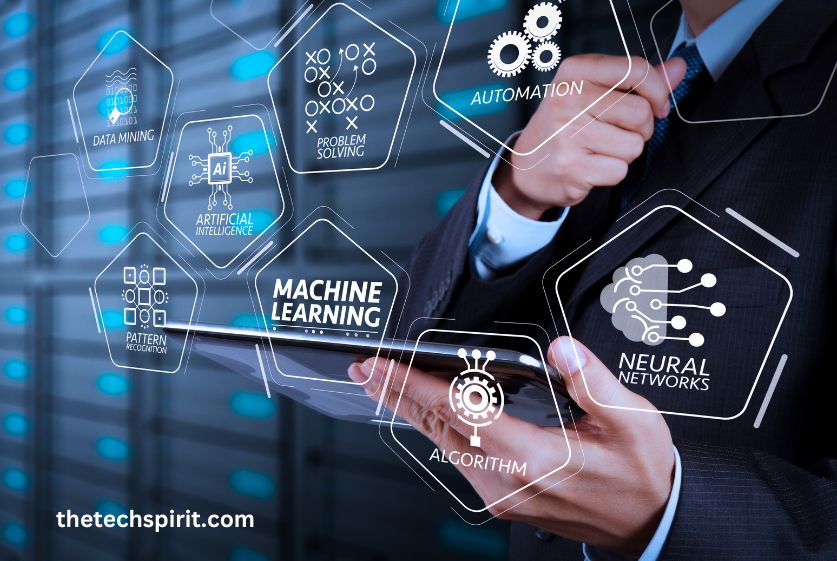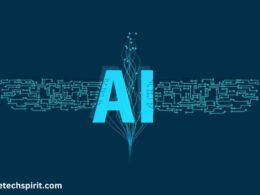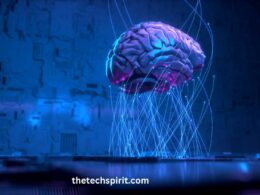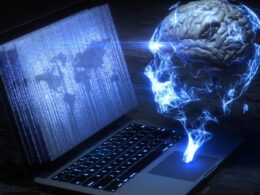In today’s fast-developing technological landscape, Artificial Intelligence (AI) has emerged as a game-changer, transforming industries and transforming the way we approach problem-solving. From virtual assistants to self-driving cars, AI has permeated nearly every aspect of our lives. As a result, the demand for skilled AI professionals has skyrocketed, making it an exciting and rewarding field to explore.
The scope of AI is vast and surrounds many domains such as machine learning, deep learning, natural language processing, computer vision, and robotics. This complete guide aims to provide you with a roadmap to learn Artificial Intelligence, equipping you with the necessary knowledge and skills to navigate this interesting field.
In this article, I will share my experience with the essential foundations, explore cutting-edge techniques, and discuss practical applications of AI. Whether you are a student, a professional, or simply someone with a burning curiosity about this transformative technology, this roadmap will serve as your compass, guiding you through the intricate world of AI.
Table of Contents
Understanding the Fundamentals: Roadmap to Learn Artificial Intelligence
Before embarking on your AI journey, it’s crucial to lay a solid foundation in the underlying principles and concepts. This section will introduce you to the fundamental building blocks that form the backbone of AI.
Mathematics and Statistics
AI heavily relies on mathematical and statistical concepts. A strong grasp of these areas will not only enhance your understanding of AI algorithms but also enable you to develop and interpret models effectively.
- Linear Algebra: Matrices, vectors, and linear transformations are essential for understanding and manipulating data in AI systems.
- Calculus: Optimization techniques, such as gradient descent, rely heavily on calculus concepts like derivatives and integrals.
- Probability and Statistics: AI algorithms often deal with uncertain and probabilistic data, making probability theory and statistical analysis indispensable.
Programming
Programming is the language of AI, enabling you to translate conceptual ideas into tangible solutions. While various programming languages can be used in AI, Python has emerged as the industry standard due to its simplicity, readability, and extensive library support.

- Python: Learn Python’s syntax, data structures, and control flow. Familiarize yourself with popular libraries like NumPy, Pandas, and Matplotlib.
- Data Structures and Algorithms: Develop a strong understanding of data structures (e.g., lists, trees, graphs) and algorithms (e.g., sorting, searching, dynamic programming) to efficiently process and manipulate data.
Diving into Machine Learning
Machine learning forms the core of AI, enabling systems to learn from data and make predictions or decisions without being explicitly programmed. This section will introduce you to the fundamental concepts and techniques of machine learning.
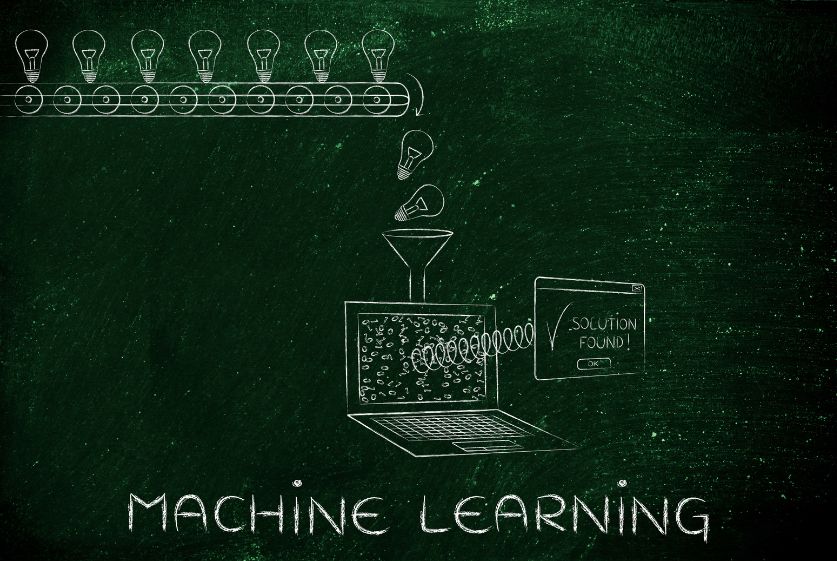
Supervised Learning
Supervised learning algorithms learn from labeled data, where the input data and corresponding output are provided during training.
- Regression: Used for predicting continuous numerical values, such as house prices or stock market trends.
- Classification: Used for categorizing data into discrete classes, such as identifying spam emails or detecting fraudulent transactions.
Unsupervised Learning
Unsupervised learning algorithms explore unlabeled data to find patterns, structures, or relationships within the data.
- Clustering: Grouping similar data points based on their characteristics, is useful for customer segmentation or anomaly detection.
- Dimensionality Reduction: Reducing the number of features while preserving the most important information, is essential for visualizing high-dimensional data or improving model performance.
Research Deep Learning
Deep learning, a subset of machine learning, has revolutionized AI by enabling machines to learn from vast amounts of data and solve complex problems that were previously considered intractable. This section will guide you through the world of deep learning and its powerful architectures.
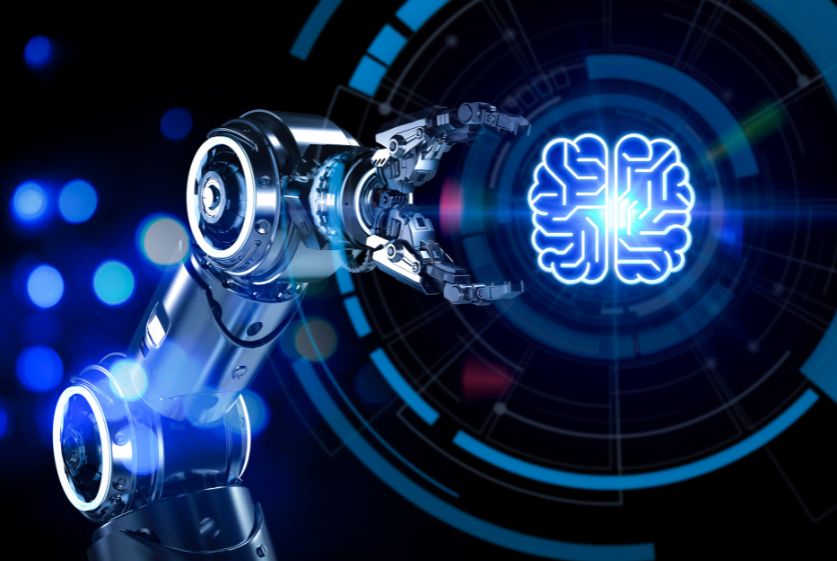
Neural Networks
Neural networks are the backbone of deep learning, inspired by the structure and functions of the human brain.
- Feedforward Neural Networks: The simplest form of neural networks, where information flows in one direction from input to output.
- Convolutional Neural Networks (CNNs): Specialized for processing grid-like data, such as images or videos, and excel at tasks like image recognition and object detection.
- Recurrent Neural Networks (RNNs): Designed to process sequential data, like text or time-series data, and are widely used in natural language processing and time-series forecasting.
Deep Learning Frameworks
Deep learning frameworks provide high-level APIs and pre-built functions that simplify the development and deployment of deep learning models.
- TensorFlow: A popular open-source framework developed by Google, known for its flexibility and scalability.
- PyTorch: Another widely-used framework, praised for its intuitive design and seamless integration with Python.
Advancing to Specialized AI Fields
As you progress in your AI journey, you may find yourself drawn to specific domains or applications. This section will introduce you to some of the most prominent specialized fields within AI.
Natural Language Processing (NLP)
NLP focuses on enabling machines to understand, interpret, and generate human language. It has numerous applications, such as chatbots, machine translation, and sentiment analysis.

Computer Vision
Computer vision aims to enable machines to perceive, analyze, and understand visual data from the world, just as humans do. Applications include object recognition, facial recognition, and autonomous driving.
Reinforcement Learning
Reinforcement learning is a paradigm where an agent learns to make decisions by interacting with an environment and receiving rewards or penalties based on its actions. It is widely used in robotics, game-playing, and decision-making systems.
Practical Projects and Applications
Theory is essential, but hands-on experience is equally crucial in mastering AI. This section will guide you in choosing a domain or industry that aligns with your interests and building real-world projects to solidify your understanding and showcase your skills.
- Choosing a domain or industry: Identify an area that fascinates you, such as healthcare, finance, or entertainment, and explore how AI can be applied to solve problems in that domain.
- Building real-world projects: Develop end-to-end AI solutions by leveraging the knowledge and techniques you’ve acquired. These projects will not only reinforce your learning but also serve as valuable additions to your portfolio.
Continuous Learning and Staying Updated
AI is a rapidly evolving field, with breakthroughs and advancements occurring constantly. To stay relevant and at the forefront of this energetic field, it’s essential to embrace continuous learning and actively engage with the AI community.
- Following AI communities and forums: Join online communities, forums, and discussion groups to stay updated on the latest trends, techniques, and developments in AI.
- Attending conferences and workshops: Participate in AI conferences, workshops, and meetups to network with experts, learn from their experiences, and gain exposure to cutting-edge research.
- Reading research papers: Stay informed about the latest advancements by reading research papers published in reputable journals and conferences. While some may be technical, others provide valuable insights and inspiration.
Conclusion
Starting on the journey to learn AI can be both exciting and challenging. By following this complete roadmap, you will gain a solid understanding of the fundamental concepts, master advanced techniques, and explore specialized domains within AI.
Remember, learning AI is an ongoing process that requires dedication, perseverance, and a willingness to continuously adapt to new developments. Enclose the challenges and celebrate your achievements along the way.
Whether your goal is to pursue a career in AI, leverage its capabilities to solve real-world problems, or simply satisfy your intellectual curiosity, this roadmap will serve as your guide, equipping you with the knowledge and skills to navigate the vast and ever-evolving landscape of artificial intelligence.
FAQs
What prerequisites are necessary to learn AI?
To effectively learn AI, it’s recommended to have a strong foundation in mathematics (linear algebra, calculus, and statistics), programming (preferably Python), and an understanding of algorithms and data structures.
Can I learn AI without a technical background?
While a technical background can be advantageous, it’s not an absolute requirement. With dedication and a willingness to learn, individuals from diverse backgrounds can acquire the necessary skills to understand and work with AI technologies.
How long does it take to learn AI?
The time it takes to learn AI can vary greatly depending on your prior knowledge, dedication, and the depth you wish to achieve. It’s important to remember that AI is a vast and constantly evolving field, and learning is an ongoing process.
What are some popular AI applications and use cases?
AI has numerous applications across various industries, including natural language processing (chatbots, language translation, sentiment analysis), computer vision (object recognition, facial recognition, autonomous vehicles), healthcare (disease diagnosis, drug discovery, medical imaging analysis), finance (fraud detection, risk assessment, stock trading), and many more.
How can I stay updated with the latest AI trends and developments?
To stay updated with the latest AI trends and developments, you can follow industry leaders, researchers, and organizations on social media platforms like Twitter and LinkedIn. Attending conferences, and workshops, and reading research papers and industry publications can provide valuable insights into emerging technologies and techniques.





